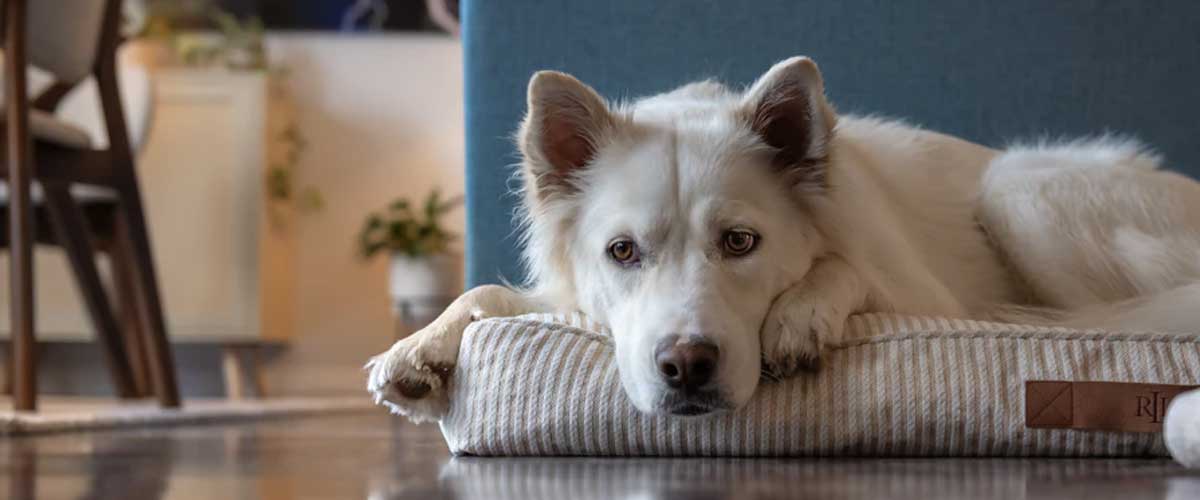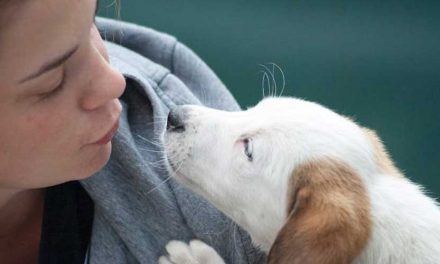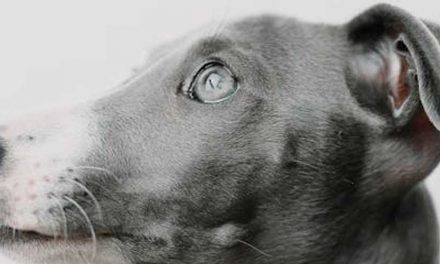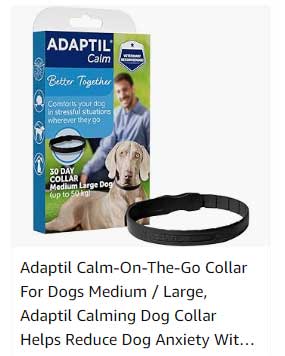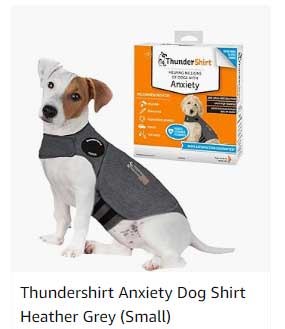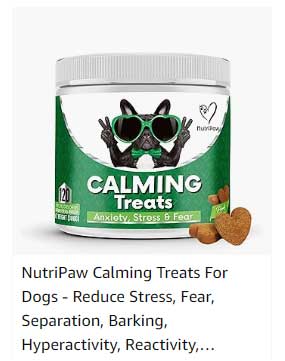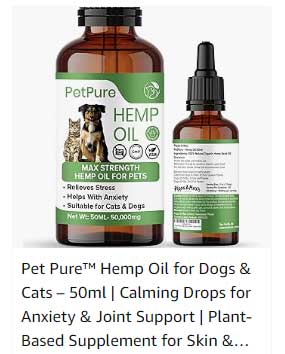We love our dogs unconditionally and want to ensure their well-being.
However, many of us may encounter a troubling issue: our canine companions experiencing anxiety, which can significantly affect their everyday behaviors, including eating.
Understanding why dog anxiety occurs and how it can impact your pet’s appetite is crucial for their health and happiness.
What Is Dog Anxiety?
Dog anxiety can manifest in various forms, ranging from mild to severe.
Common triggers include changes in the environment, such as moving to a new home, the arrival of a new family member (two-legged or four-legged), loud noises like thunderstorms or fireworks, and even separation from their owners.
Dogs can also experience anxiety related to specific situations, such as visiting the vet or encountering unfamiliar people.
Symptoms of anxiety can include excessive barking, destructive behavior, pacing, and, notably, loss of appetite.
If your dog suddenly refuses to eat or shows signs of distress, it’s essential to recognize these behaviors as potential signs of anxiety rather than mere pickiness or illness.
The Connection Between Anxiety and Loss of Appetite
A dog suffering from anxiety may lose interest in food for several reasons.
Firstly, stress can trigger a fight-or-flight response, where the body prioritizes survival over eating.
Hormones released during stressful situations can suppress appetite, making it difficult for your dog to feel hungry.
Additionally, anxiety can lead to gastrointestinal issues; a stressed dog may experience an upset stomach or nausea, further deterring them from eating.
This is often compounded by a lack of interest in food, as eating can seem less appealing when your dog is preoccupied with their anxiety.
Recognizing Signs of Anxiety in Dogs
Understanding the signs of anxiety in dogs is the first step in helping them cope.
Look out for:
Pacing or restlessness:
If your dog is unable to settle down, it may be feeling anxious.
Excessive barking or whining:
Vocalizations can be a sign of distress or discomfort.
Destructive behavior:
Chewing or scratching furniture can result from a dog trying to cope with anxiety.
Shaking or trembling:
Physical signs of anxiety often include shaking, hiding, or seeking comfort from their owners.
If you notice that your dog displays these behaviors alongside a reluctance to eat, it’s essential to address the anxiety first.
Strategies to Help Your Dog Overcome Anxiety
1. Create a Safe Space:
Designate a quiet area in your home where your dog can retreat when feeling anxious.
This space should have comfortable bedding, familiar toys, and soothing scents to help them relax.
2. Establish a Routine:
Dogs thrive on routine.
Regular feeding times, walks, and play sessions can provide a sense of stability, which may help alleviate anxiety.
3. Gradual Desensitization:
If specific triggers cause anxiety, work on slowly desensitizing your dog to these triggers.
For instance, if they are anxious about loud noises, playing recordings of those sounds at a low volume while offering treats can help them associate the noise with positive experiences.
4. Consult a Veterinarian:
If your dog’s anxiety worsens or if their eating habits don’t improve, seeking professional help is essential.
A veterinarian can rule out any medical conditions and suggest appropriate treatments or anti-anxiety medications.
5. Try Anxiety-Reducing Products:
There are various products available that can help soothe an anxious dog.
This may include calming treats, anxiety wraps, or pheromone diffusers designed to create a calming environment.
Conclusion
As loving pet owners, our goal is to ensure our furry friends are happy and healthy.
Understanding the relationship between dog anxiety and loss of appetite is vital in helping our dogs through challenging times.
By recognizing the signs of anxiety and implementing effective strategies, we can support our dogs in overcoming their fears, allowing them to enjoy their meals and live a happier, stress-free life.
If anxiety persists, always consult with a veterinarian to explore options tailored to your dog’s needs.

